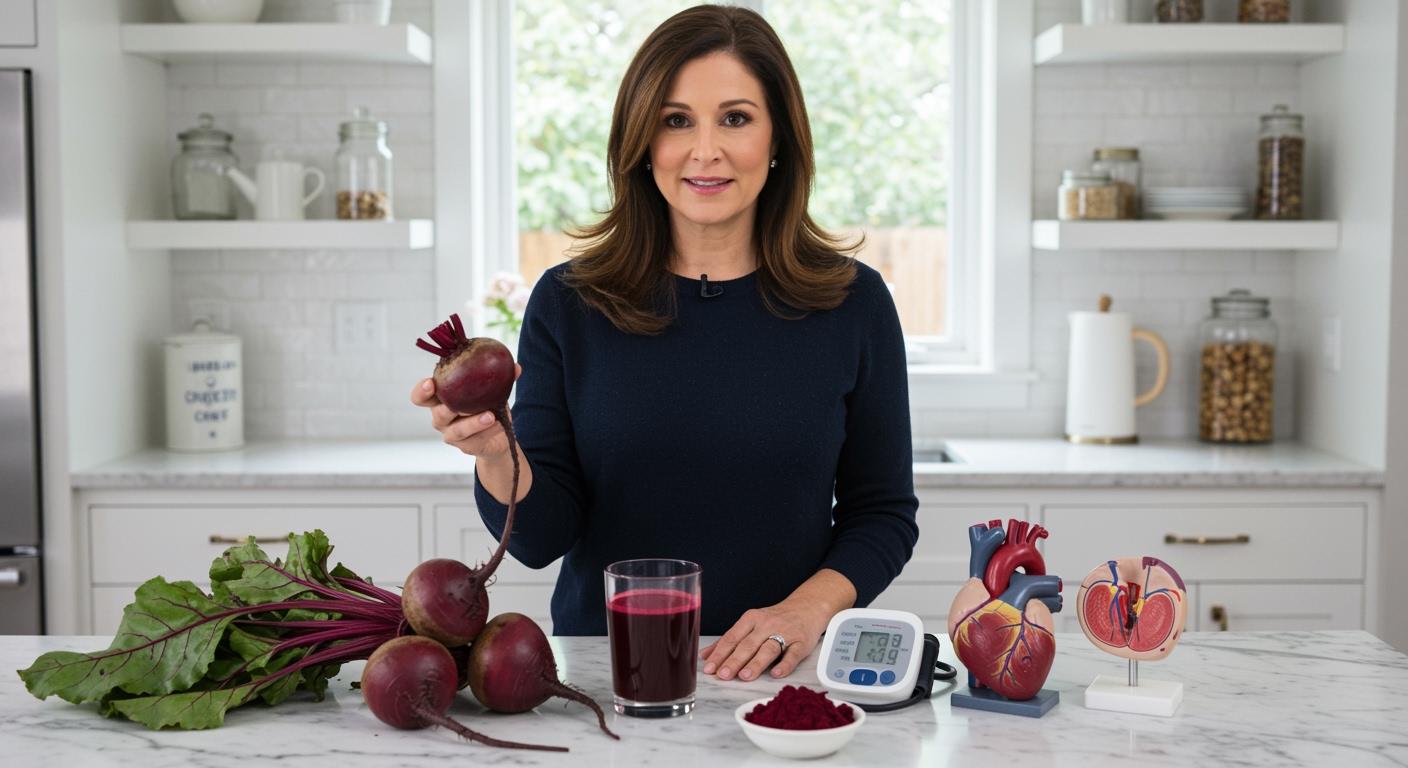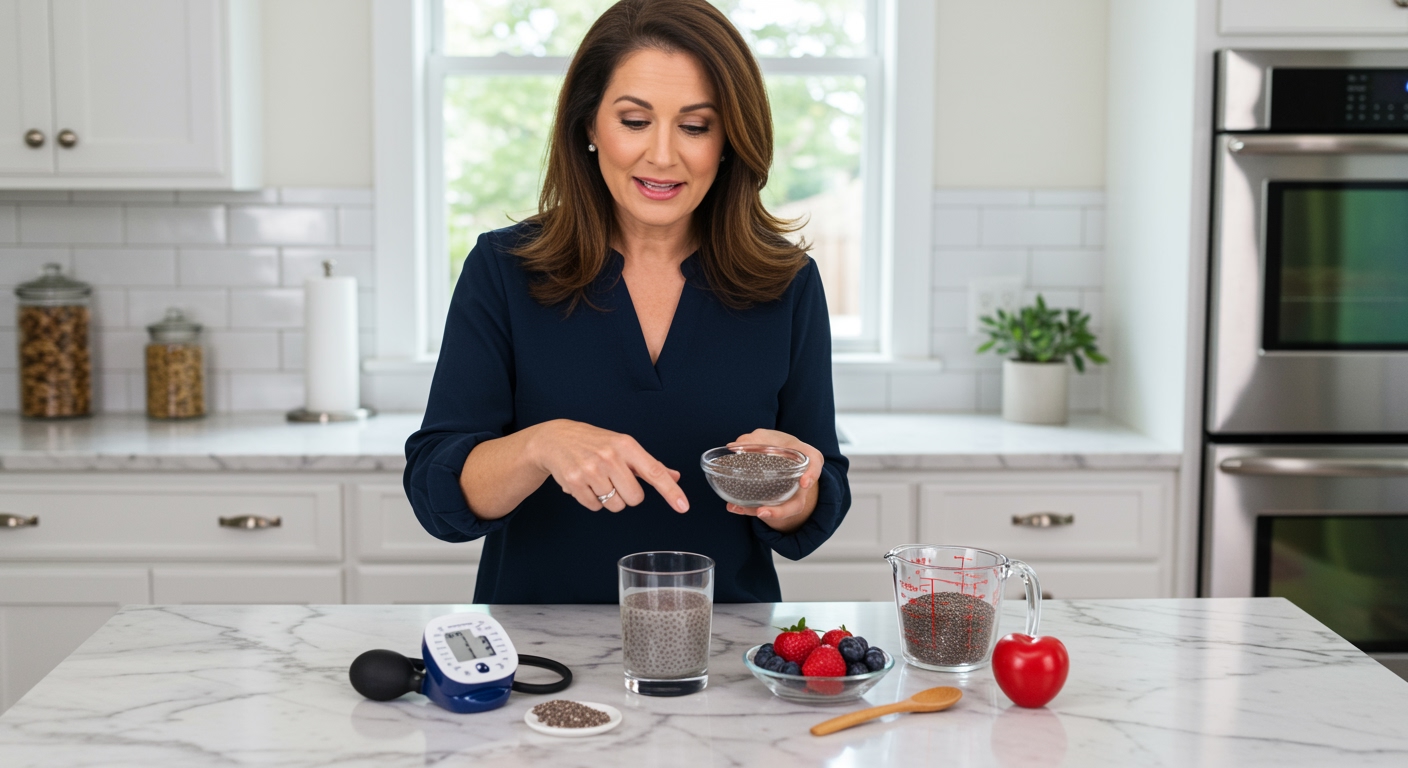✪ Key Takeaway: Spinach can help lower blood pressure through nitrates and potassium, but effects vary by individual and preparation method.
Introduction
Your doctor just told you that your blood pressure is creeping up, and now you are wondering if that bag of spinach in your refrigerator could actually help.
You have probably heard conflicting information about spinach and blood pressure, leaving you confused about whether this leafy green is truly beneficial or just another health myth.
Hi, I am Abdur, your nutrition coach, and today I am going to explain exactly how spinach affects your blood pressure and what the science really says about its cardiovascular benefits.
What Makes Spinach Special For Blood Pressure?
Spinach contains two powerful compounds that directly impact your cardiovascular system: nitrates and potassium.
When you eat spinach, your body converts the nitrates into nitric oxide, a molecule that relaxes and widens your blood vessels.
This process is called vasodilation, and it allows blood to flow more easily through your arteries, reducing the pressure against vessel walls.
The potassium in spinach works differently but equally effectively.
Potassium helps your kidneys remove excess sodium from your body through urine, which directly lowers blood volume and pressure.
One cup of cooked spinach provides about 840 milligrams of potassium, which is roughly 18% of your daily needs.
✪ Fact: Spinach contains more nitrates than most other leafy greens, making it particularly effective for blood pressure support.
How Quickly Does Spinach Lower Blood Pressure?
Research shows that spinach can start affecting your blood pressure within 2-3 hours of consumption.
The nitrate conversion process begins in your mouth when bacteria convert nitrates to nitrites, then continues in your stomach and bloodstream.
Peak nitric oxide levels typically occur 2-3 hours after eating spinach, which is when you might see the greatest blood pressure reduction.
However, these effects are temporary and usually last only 6-8 hours.
For sustained benefits, you need to consume spinach or other nitrate-rich vegetables regularly as part of your daily routine.
Studies suggest that people who eat leafy greens daily can see meaningful blood pressure reductions within 2-4 weeks of consistent consumption.
✪ Pro Tip: Eat spinach earlier in the day to maximize its blood pressure benefits during peak stress hours.
Does Cooking Method Affect Spinach Benefits?
The way you prepare spinach significantly impacts its blood pressure benefits.
Raw spinach contains the highest levels of nitrates, but many people find it difficult to consume large quantities due to its volume and taste.
Light cooking methods like steaming or sautéing for 2-3 minutes preserve most nitrates while making spinach more digestible and concentrated.
Boiling spinach for extended periods can reduce nitrate content by up to 50%, so avoid overcooking if blood pressure benefits are your goal.
Freezing spinach actually concentrates its nutrients, making frozen spinach an excellent option for blood pressure support.
Adding a small amount of healthy fat like olive oil can improve the absorption of fat-soluble vitamins in spinach without affecting nitrate levels.
✪ Note: Smoothies made with raw spinach provide maximum nitrate content while being easy to consume in larger quantities.
How Much Spinach Do You Need For Blood Pressure Benefits?
Research suggests you need approximately 200-300 grams of fresh spinach daily to see meaningful blood pressure reductions.
This equals about 2-3 cups of raw spinach or 1 cup of cooked spinach per day.
Most studies showing cardiovascular benefits used participants who consumed this amount consistently for several weeks.
You can spread this intake throughout the day rather than consuming it all at once for better absorption and sustained effects.
Adding spinach to smoothies, salads, soups, and main dishes makes it easier to reach these therapeutic amounts without feeling overwhelmed.
Remember that spinach works best as part of an overall healthy diet rather than as a standalone treatment for high blood pressure.
✪ Pro Tip: Start with smaller amounts and gradually increase to avoid digestive discomfort from sudden fiber increases.
Are There Any Risks Or Limitations?
While spinach is generally safe for most people, there are some important considerations to keep in mind.
Spinach contains oxalates, compounds that can contribute to kidney stone formation in susceptible individuals.
If you have a history of kidney stones, consult your healthcare provider before significantly increasing your spinach intake.
People taking blood-thinning medications should be cautious because spinach contains vitamin K, which can interfere with these medications.
The nitrate content in spinach can also interact with certain medications used for chest pain or erectile dysfunction.
Additionally, spinach alone cannot replace prescribed blood pressure medications, and you should never stop taking prescribed medications without medical supervision.
✪ Note: Always wash spinach thoroughly to remove potential bacteria and pesticide residues before consumption.
The Bottom Line
Spinach can indeed help lower blood pressure through its nitrate and potassium content, but it works best as part of a comprehensive approach to cardiovascular health.
Real health improvements come from consistent daily choices, not single superfoods.
I would love to hear about your experience with spinach and blood pressure management, so please share your thoughts, questions, or results in the comments below.
References
At NutritionCrown, we use quality and credible sources to ensure our content is accurate and trustworthy. Below are the sources referenced in creating this article:





